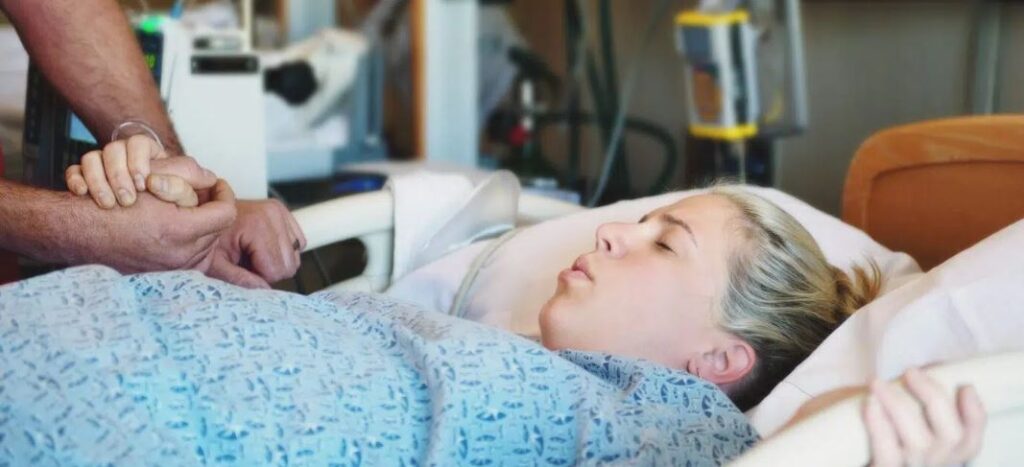An Investigation into the Prevention of Perineal Trauma (2008)
The following dissertation aims to explore the controversial research and debate with regards to the optimum management in the prevention of perineal trauma. It will attempt to draw some conclusions as to the best practice and strategies, which are most beneficial to the mother. The main areas of debate within this dissertation are: Perineal massage in labour, Hands on versus hands poised debate and maternal position during the second stage of labour.
By critically reviewing and making analytical comparisons of the literature and research surrounding the topic, current policies and practices employed by midwives appear to be led by a medicalised interventionist model. The prevention of perineal trauma is a topic that many midwives discuss and one that needs to be addressed in the future of midwifery to enable all women concerned to be able to make informed choices once given the relevant and up to date research.
The findings of this dissertation portray how the prevention of perineal trauma can be enhanced and how midwives of today need to be able to alter their practice in individual circumstances. An exploration of the midwives role within this argument suggests many midwives have become medicalised particularly as a result of today’s litigious climate and are losing their advocacy skills by not challenging practice and in turn have lost their autonomy.
Recommendations are made attempting to demonstrate that the prevention of perineal trauma can be conducted by asking midwives to re-examine their role and provide guidance to policies and individuals in an evidenced based manner.
- 9,000 words – 82 pages in length
- Excellent use of literature
- Good in depth analysis
- Well written throughout
- Ideal for nursing and midwifery students
1: Introduction
2: Methodology
3: Critical review of Themes
Perineal Massage during the second stage of labour
Hands on versus hands poised management in Relation to perineal trauma
The impact of maternal position on perineal trauma
4 Discussion
5 Conclusion
Recommendations for practice
References
Bibliography
Appendices

